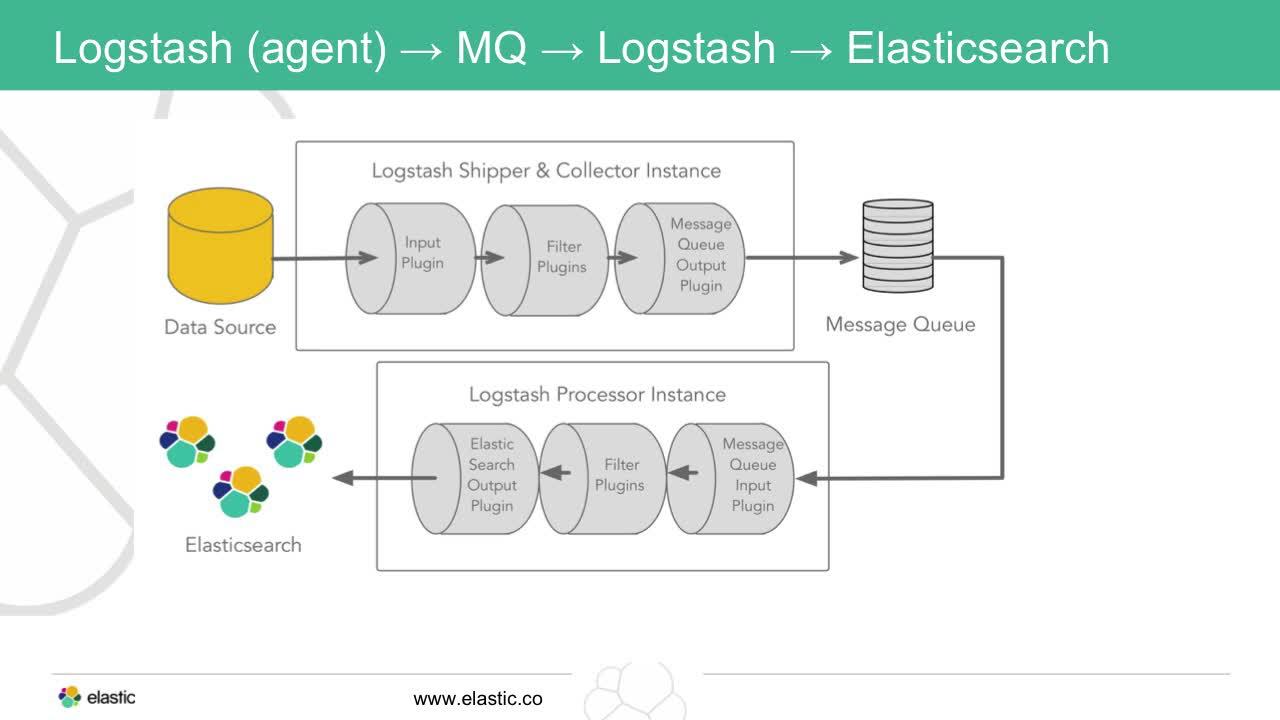In today’s data-driven world, Elasticsearch Managed Services have become a cornerstone for businesses seeking to harness the power of their data. The ability to effectively manage and utilize data can significantly impact decision-making, customer experiences, and overall success.
This comprehensive guide delves into the intricate realm of data ingestion and indexing best practices within Elasticsearch Managed Services, offering valuable insights and actionable strategies to optimize your data pipeline.
Data Ingestion and Indexing Best Practices in Elasticsearch Managed Services
Data ingestion and indexing lay the foundation for extracting meaningful insights from vast datasets. By adhering to best practices in this realm, you can ensure smooth data processing, efficient querying, and enhanced performance of your Elasticsearch Managed Services.
Understanding Data Ingestion
Data ingestion refers to the process of collecting, transferring, and loading data from various sources into Elasticsearch for analysis and retrieval. Successful data ingestion requires careful planning and execution to maintain data accuracy, integrity, and reliability.
Choose the Right Ingestion Method
There are various methods to ingest data into Elasticsearch, such as using Logstash, Beats, or the Elasticsearch API. Selecting the appropriate method depends on your data sources, volume, and complexity. For instance, Logstash is ideal for transforming and enriching data before indexing.
Data Transformation and Cleaning
Before ingestion, it’s crucial to clean and transform your data to ensure consistency and relevance. Remove duplicates, handle missing values, and standardize data formats. This enhances search accuracy and reduces errors during querying.
Optimizing Indexing Process
Indexing is the process of structuring and organizing ingested data to enable efficient searching and retrieval. Proper indexing enhances search performance and reduces query execution time.
Choose Appropriate Index Settings
When creating an index, configure settings such as the number of shards and replicas based on your data size and usage patterns. Proper settings allocation prevents overloading individual nodes and promotes even data distribution.
Mapping for Efficient Search
Mapping defines how data fields are indexed and stored. Use dynamic mapping for unstructured data and explicit mapping for structured data. Avoid excessive field indexing, as it can lead to unnecessary resource consumption.

Ensuring Data Quality and Accuracy
Maintaining high-quality data is paramount for deriving accurate insights and making informed decisions.
Implement Data Validation
Set up validation mechanisms to ensure that incoming data meets predefined criteria. Validation prevents the ingestion of erroneous or irrelevant data, maintaining the integrity of your Elasticsearch index.
Monitor and Cleanse Regularly
Data quality can deteriorate over time. Implement regular data monitoring and cleansing routines to identify outdated or redundant information. This enhances the accuracy of search results.
Scaling for Performance
As your data volume grows, scaling becomes essential to maintain optimal performance.
Horizontal Scaling
Adopt horizontal scaling by adding more nodes to your Elasticsearch cluster. This distributes the data and query load, preventing bottlenecks and ensuring responsiveness.
Vertical Scaling
Vertical scaling involves upgrading the hardware resources of individual nodes. This approach is suitable when you encounter resource constraints on specific nodes.

Need help on maintaining Azure Security Center Secure Score of Clients?
Our experts can help you on all kinds of works on Azure Security Center.
Conclusion
Mastering data ingestion and indexing best practices within Elasticsearch Managed Services is essential for unlocking the full potential of your data.
By adhering to these practices, you can streamline your data pipeline, enhance search efficiency, and make well-informed decisions.
Remember to continuously monitor and optimize your data processes as your business evolves and data volumes increase. With the right approach, you’ll harness the power of Elasticsearch Managed Services to drive innovation and success.








